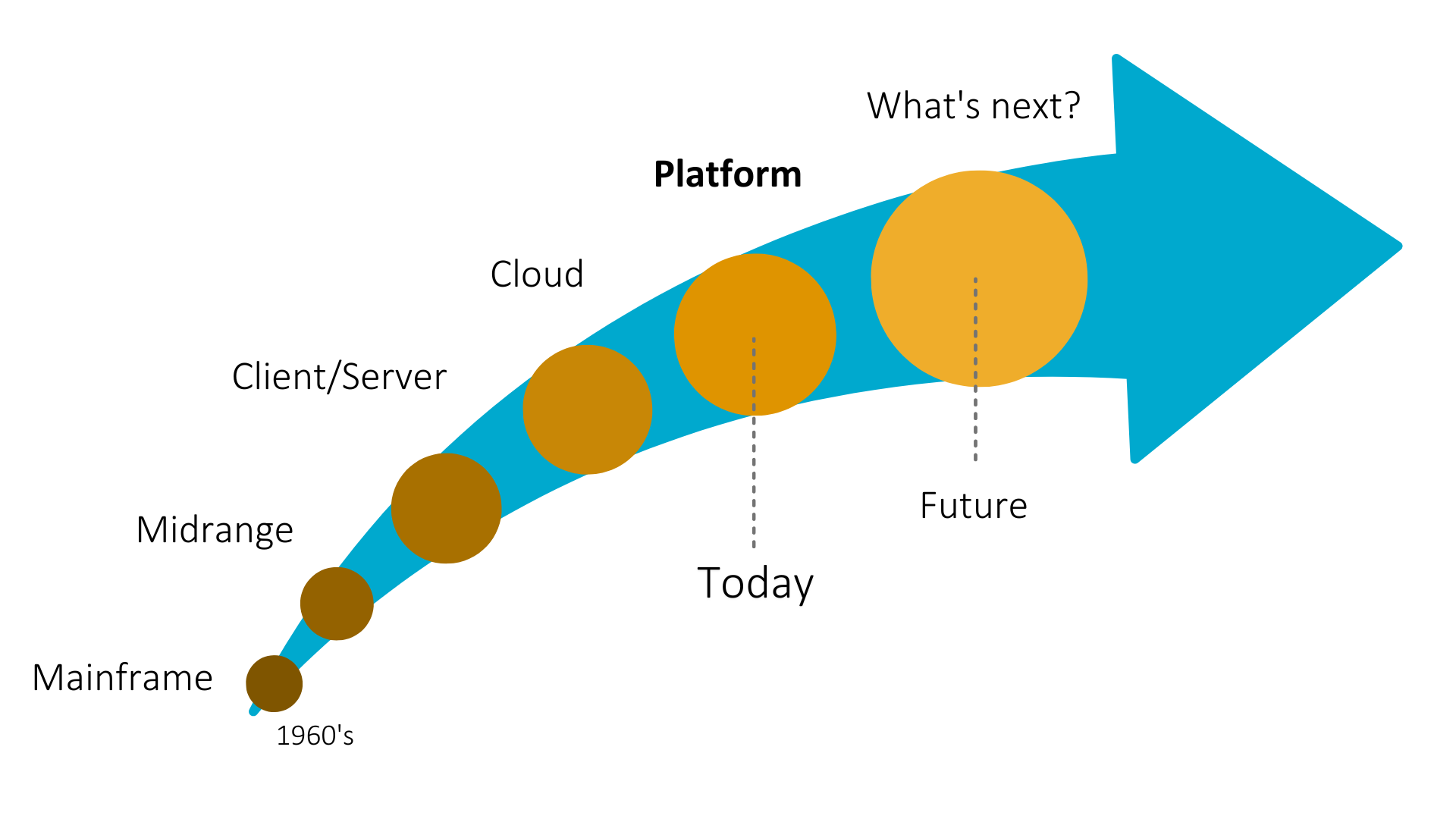
Introducing No-Code
No-code is a software development approach that requires few if any (as the name states!) programming skills to build an application exponentially faster than with code.
This allows business users with the knowledge and understanding of their company requirements to create and customize their systems without the need for scarce developers.
In reality, plenty of coding is involved behind the scenes, invisible to business users. This is accomplished through data abstraction or simplification and encapsulation, resulting in less complexity for users to accomplish the same results faster and more easily.
In early 2021, Gartner published a press release about low-code/no-code development technologies. In it, the firm forecasted the worldwide LCNC development technologies market to grow 23% in the same year.
With ever-changing customer demands and urgent needs from companies to digitize workflows, enhance employee experience and streamline operational teams, it is no surprise that we hear the terms low-code and no-code more often.
Low-Code vs. No-Code
Although we usually see these two terms grouped together, a common belief is that the main differentiators are functionality and ease of use, but the truth is that these will depend on the type of platform used and what it is used for.
For instance, when building a website, some people might find that a low-code tool offers more functionality if they have the programming skills, and that no-code will deliver faster but with a few limitations.
As mentioned, this rule of thumb is not entirely true and is a common misconception of the terms. As technology evolves faster than ever, some no-code tools can already deliver the same functionality and logic as low-code or traditional coding.
This is something relatively new and disrupting in the Enterprise Software Industry, which brings us to our next point…
The Role of No-Code in the ERP industry
If we take look back in time and think of the evolution of programming languages, we will be able to talk about zeros and ones, machine code, and high-level programming like C+ or Phyton to then move on to low-code and no-code, the last one being a visual and declarative language with components such as building blocks.
As technology evolves over time, the same thing happens with companies and ERP. In the ’60s, companies used to operate with mainframes, to then move to midrange, client/server, cloud, and platform in the present day.

The truth is, many companies are still using ERP systems created decades ago which, in the best of cases, can cover up to 70%-80% of the required functionality. This results in a lack of flexibility for new requirements with a consequent increase in shadow IT, or in other words, the use of IT devices, software and services outside the ownership or control of IT organizations.[1]
Thanks to no-code platforms like Nextbot, companies can now have the best of both. On one hand, the full functionality of their robust ERP solution, and on the other one, an agile platform to develop whatever business needs may arise, all in the same technology and with a common user interface.
With Nextbot, companies can build applications with logic and workflow capabilities that are fully integrated through API technology.
Benefits of combining your ERP with no-code
No-code and low-code tools drew attention in the context of the Great Resignation. Entrepreneur noted that these platforms made it easier for businesses to address the ongoing shortage of engineers and developers.[2]
The benefits of a no-code platform can be many, but essentially, we can focus on the following:
- Reduced time for translating business and industry requirements into new applications in an agile way.
- No-code integrates with your ERP seamlessly. When you need to upgrade your system, there’s no need for retrofitting.
- Reduced need to rely on scarce developers if you wish to build applications yourself.
- Avoid shadow IT using a single platform used by business experts and supervised and managed by the IT department.
Do I have to build my own no-code apps?
Of course not! If you are evaluating the idea of building simple and complex apps with logic in your business, this is something that requires time and attention. Do you maybe have an idea of a process you would like to build and need some advice from experts?
Then get in touch with us, and we will assess your specific case to give you the best solution.
Steltix is Nextworld’s first reseller in EMEA. Learn more about Nextworld and Nextbot.
[1] Source: Gartner Glossary https://www.gartner.com/en/information-technology/glossary/shadow
[2] Source: Entrepreneur https://www.entrepreneur.com/science-technology/why-low-code-platforms-are-the-developer-shortage-solution/390569